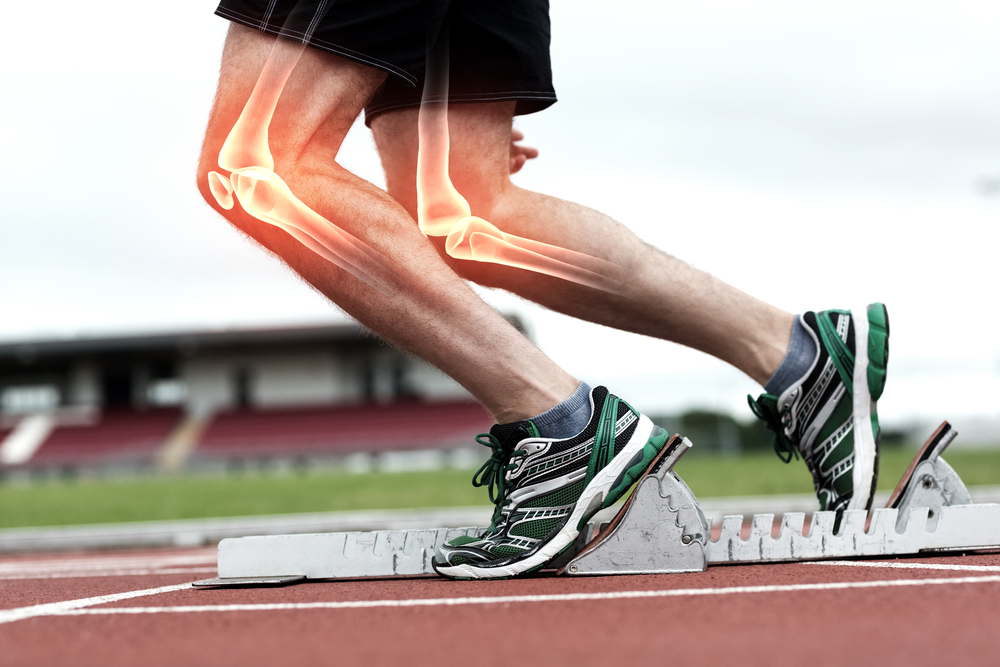Our bones are a sturdy inner framework on which our muscles and skin are firmly attached. If we did not have bones, we would be reduced to quivering masses of jelly-like protoplasm.
Bones are dynamic. They grow and increase in length and width. In males, bones stop growing around the age of 21 and in females around the age of 18 years, as and when the epiphyseal plates at the end of the long bones close. Bones are in a state of flux constantly, being remodelled even after growth stops. Old bone cells are replaced by new ones.
People attain their peak bones mass (even though growth has stopped) between the ages of 25 and 30. Around the age of 40, the rate of loss begins to exceed the rate of regeneration and our bones slowly become weaker. Eventually, if the peak bone mass attained is inadequate, osteoporosis sets in and leads to fractures in senior citizens, particularly in the ribs, hip, thigh and wrist.
Bones are likely to be weak in women, especially if the body frame is small and they have a family history of osteoporosis. In both sexes, during the growing years, the calcium intake may not be adequate, leading to low stores and poor bone mineral density. Children and adolescents who are picky eaters or on “fad” diets are prone to this problem.
Gastrointestinal surgery, such as bariatric surgery or bypass, reduces the area available to absorb nutrients. This can lead to malabsorption. Steroids or long term use of acid reflux medications can also reduce the absorption of calcium.
Even if the intake of calcium is sufficient, for it to enter the bones and make them strong, adequate Vitamin D3 from sunlight or a supplement is essential. Also, the calcium does not enter the bones efficiently unless there are microtears in the bone. This is facilitated by weight-bearing exercises such as running, jogging, walking, dancing and weight-lifting. Non-weight bearing exercises, such as elliptical machines, cycling and swimming, increase cardiovascular fitness but not necessarily bone strength.
Much of the benefits of the “bone bank” are lost in adults if there is regular excessive alcohol consumption and tobacco use in any form.
Osteomalacia is different from osteoporosis. In this there is a marked softening of the bones as the matrix itself is not strong. It is due to deficiency of Vitamin D3, brought about by a combination of dietary inadequacy and lack of exposure to sunlight. In children, this leads to stunted growth, prominence of the rib cage (rachitic rosary) and bowlegs. In adults, it causes bone and muscle pains (osteoporosis alone is painless). The pain is peculiar in that it is worse at night and if you put pressure on the bones. Painkillers do not give relief. Eventually, walking slows down and the gait becomes waddling like that of a duck.
Here are the steps you have to take to prevent these problems:
- From childhood, the intake of Vitamin D3 and calcium should be sufficient
- Try to expose yourself and your children to sunlight
- Exercise aerobically for 30-40 minutes a day
- Do light — two kilos — weight-training.
The writer is a paediatrician with a family practice at Vellore and the author of Staying Healthy in Modern India. If you have any questions on health issues, please write to yourhealthgm@yahoo.co.in










